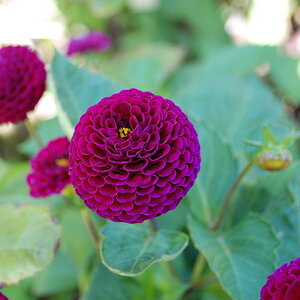JeffieLove
No longer a newbie, moving up!
- Joined
- Feb 8, 2010
- Messages
- 1,601
- Reaction score
- 15
- Location
- Elkton, MD
- Can others edit my Photos
- Photos OK to edit
I am looking at getting a Canon XSi (or maybe just XS since there doesn't seem to be much difference other than megapixels) and I am also looking at lenses... My mom has the camera that is in my sig as my equipment and I've gotten used to it so that is why I have decided on Canon...
My question is - I wanted to get a high zoom lens for taking pictures of my kids outside and my mom's "birds and squirrels" that she feeds all the time...
What should I be looking for? I know the lens will say something along the lines of:
55mm-200mm f/4-5.6... etc..
I understand what the mm are and what they are used for... I can't quite seem to grasp what aperture and shutter speed really do...
So, in a good lens, what is a good aperture range?
Does the lens have it's own shutter speed or is that a camera body thing?
What do I need to make sure I have in my lens?
I might also be taking night time photos and I would like to set up a little home studio to do portraits of mine and my friend's kids, my parents, etc...
Please don't tell me to google this.. I did try and it confused me even more... You all here have a way of putting things into lamens terms for me I am not a complete idiot, but I am a complete NOOB in the photography world
I am not a complete idiot, but I am a complete NOOB in the photography world 
My question is - I wanted to get a high zoom lens for taking pictures of my kids outside and my mom's "birds and squirrels" that she feeds all the time...
What should I be looking for? I know the lens will say something along the lines of:
55mm-200mm f/4-5.6... etc..
I understand what the mm are and what they are used for... I can't quite seem to grasp what aperture and shutter speed really do...
So, in a good lens, what is a good aperture range?
Does the lens have it's own shutter speed or is that a camera body thing?
What do I need to make sure I have in my lens?
I might also be taking night time photos and I would like to set up a little home studio to do portraits of mine and my friend's kids, my parents, etc...
Please don't tell me to google this.. I did try and it confused me even more... You all here have a way of putting things into lamens terms for me


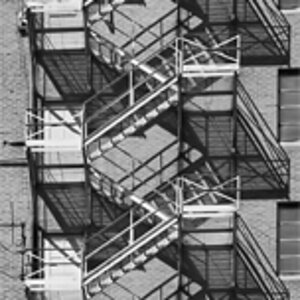
![[No title]](/data/xfmg/thumbnail/34/34058-276eb00b31d5bfacf4028e7f729dc601.jpg?1619736257)
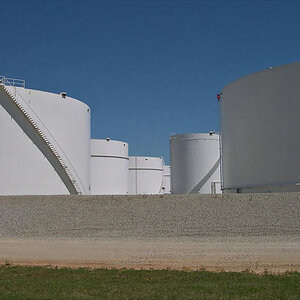
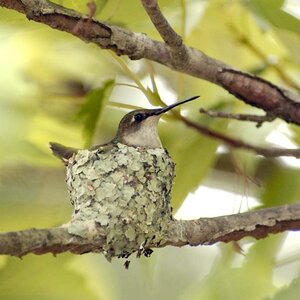
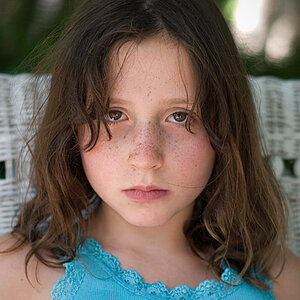
![[No title]](/data/xfmg/thumbnail/42/42281-7e2c2677bdc791ca1918fb67b6b760c5.jpg?1619740089)

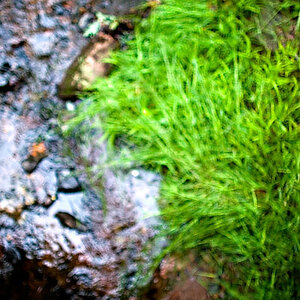
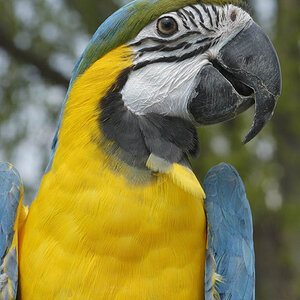
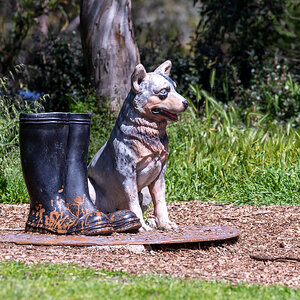
![[No title]](/data/xfmg/thumbnail/42/42279-f60778d39180ee6cd87fc84a15559b96.jpg?1619740087)
